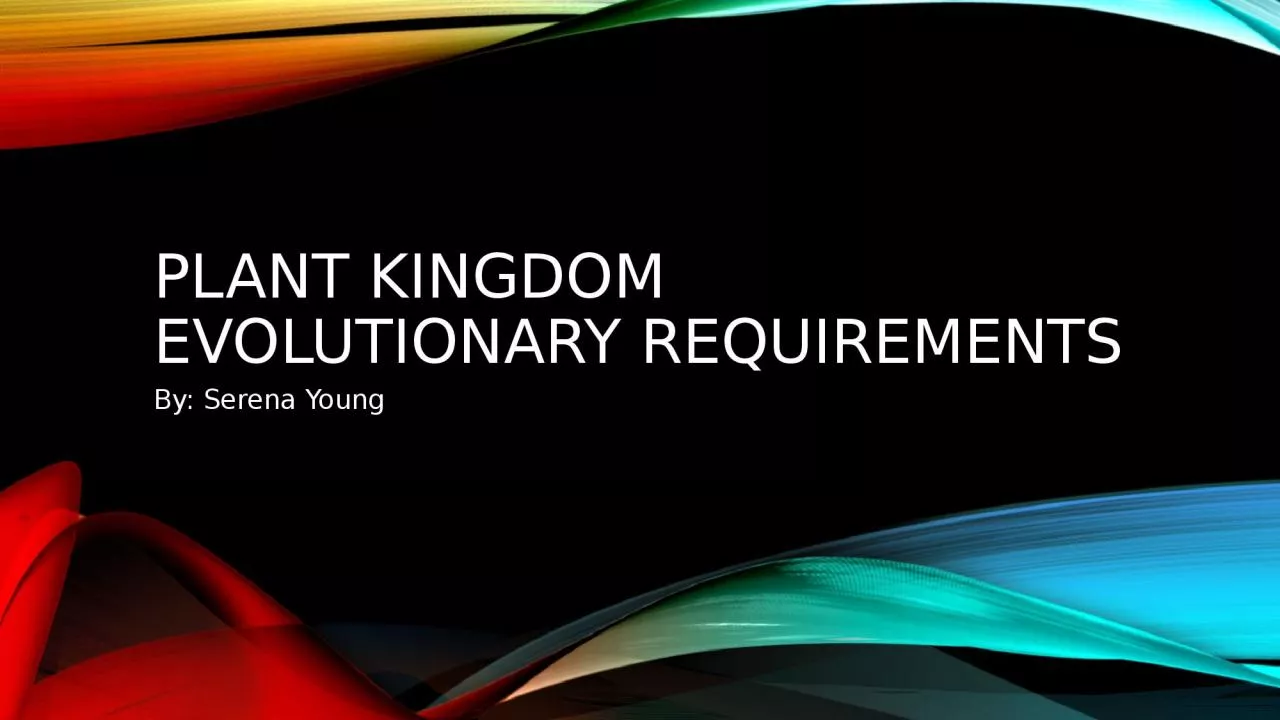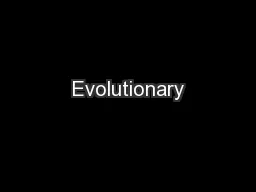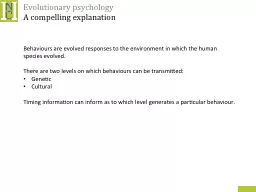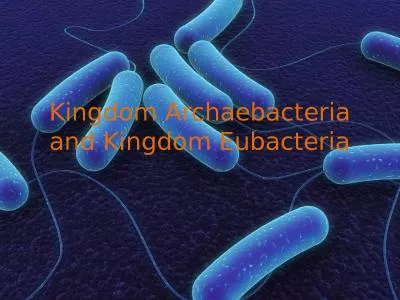PPT-Plant Kingdom Evolutionary requirements
Author : reese | Published Date : 2024-01-29
By Serena Young Parts of a plant flower 4 major Factors that allow plants to live on land Retaining Moisture Cuticle amp stomata Transporting Resources Vascular
Presentation Embed Code
Download Presentation
Download Presentation The PPT/PDF document "Plant Kingdom Evolutionary requirements" is the property of its rightful owner. Permission is granted to download and print the materials on this website for personal, non-commercial use only, and to display it on your personal computer provided you do not modify the materials and that you retain all copyright notices contained in the materials. By downloading content from our website, you accept the terms of this agreement.
Plant Kingdom Evolutionary requirements: Transcript
Download Rules Of Document
"Plant Kingdom Evolutionary requirements"The content belongs to its owner. You may download and print it for personal use, without modification, and keep all copyright notices. By downloading, you agree to these terms.
Related Documents














